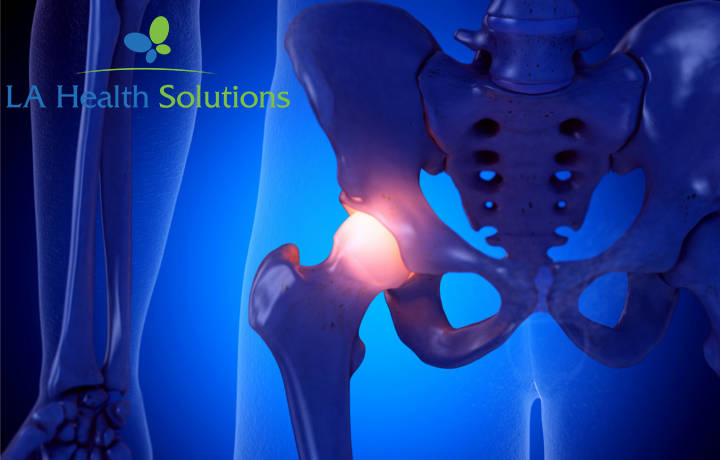What is Sciatica?
Sciatica is a term used to describe symptoms of compression or a pinched spinal nerve. The sciatic nerve begins in the lumbar spine and branches through the buttocks down the back of each leg and to the soles of the feet and the big toe. These nerves are the largest nerves in the nervous system and are as thick as the little finger. The underlining conditions of the actual cause of the sciatic pain may include a herniated disc, degenerative disc, spinal stenosis, or spondylothesis. When a spinal disc is damaged, or degenerative, it can lead to the herniated disc. If a exiting nerve in the low back is compressed by the herniated disc, it can cause pain into the leg and down to the foot. This pain is called sciatic pain. Sciatica can be debilitating and can impact daily life. Approximately 40 percent of both men and women experience sciatica in their lifetimes.
What Are The Causes of Sciatica?
Sciatica is caused by a compressed or pinched nerve in the lumbar-sacral spine and lower lumbar. It can be present in one or both legs. Irritation of the nerve can cause pain, numbness, and weakness with some patients feeling a radicular pain. Additional common causes include:
- Spondylolisthesis – A condition where one vertebra slips forward over another.
- Lumbar Spinal Stenosis – The narrowing of the spinal canal in the lower back.
- Degenerative Disc Disease – The breakdown of the discs, or cushions, between the vertebrae.
- Muscle spasm in the back or buttocks
- Pregnancy
- Other conditions such as weight, sleep environment, shoes, and exercise.
What Are The Symptoms Of Sciatica?
The most common symptoms associated with sciatica include burning, cramping, muscle weakness, sharp needle pain, tingling, numbness and tightness. The symptoms most commonly occur on one side of the body and affect one leg; however, in more severe cases, both legs can produce symptoms. More severe symptoms can impact the ability to walk comfortably. The pain can be further increased by walking, running or bending over.
What Are The Treatments For Sciatica?
In order to treat sciatica pain, an accurate diagnosis is required. A comprehensive diagnostic work will include a medical history, physical examination, and diagnostic tests. Some of the most common tests include an X-ray, CT scans and a MRI. The non-operative treatments include medications (muscle relaxers, non-steroidal anti-inflammatory drugs, and narcotic medications), heat & cold therapy, physical therapy, and epidural steroid injections. If the conservative treatments are ineffective and the patient still has considerable pain after six months, then the least invasive procedure, endoscopic surgery would be the next option to repair the annular tear. Two additional options are minimally invasive back surgery and include MIS Microdiscectomy and MIS TLIF. MIS Microdescectomy is usually an open procedure where the surgeon will make a 1 inch incision and removes the bone or disc causing the pain. This procedure has a success rate of 90%. MIS TLIF is a surgery that involves the removal of damaged intervertebral disc and replacing it with a piece of bone or PEEK cage packed with bone. Most patients can begin getting out of bed one hour after surgery and then go home shortly after.

Our clinics offer a variety of patient services including physical therapy, chiropractic treatment, personal injury, work reconditioning, laser therapy, orthopedic surgery, interventional pain management, neurology and neurosurgery. We have the best healthcare professionals and resources available which means our patients will save time on the approval process, receive faster referral and appointment times, and get the right treatments needed to get well. Your LA Health Solutions’ team will take care of the paperwork so you can concentrate on getting well.
Telephone: 844-496-LAHS (5247)

